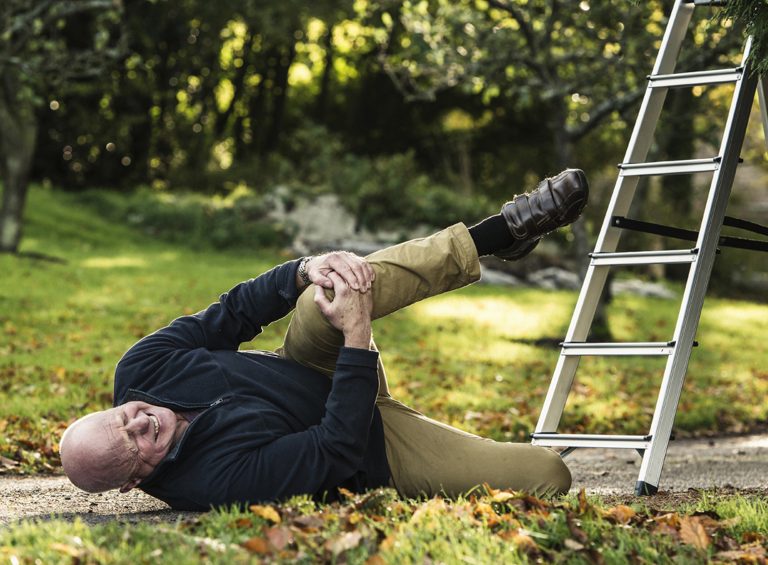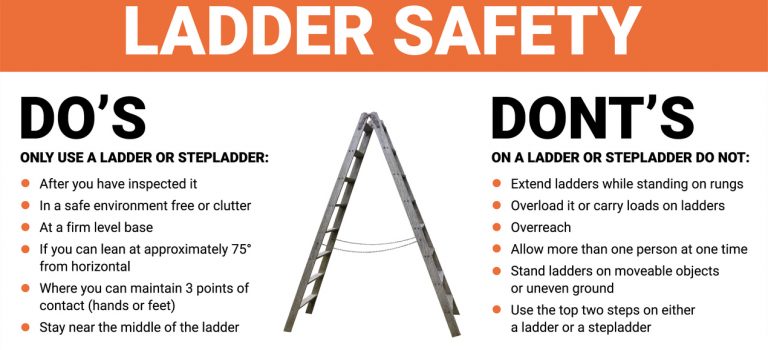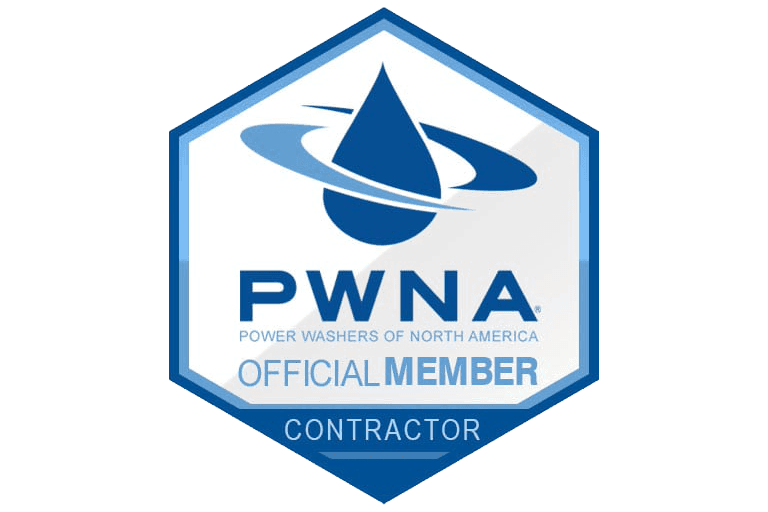March is Ladder Safety Month

With Spring comes all the associated home projects that require ladders, such as home power washing, roof repairs, and many other maintenance tasks. Along with this wave of home improvement bliss, the number of ladder-related injuries across the country soars. More than 164,000 people in the US will receive emergency room treatment from ladder-related injuries this year. A majority of these mishaps result in cuts, bruises, and fractures, but more than 400 annual fatalities occur from ladder-related accidents. How do all these accidents happen, and more importantly, how can they be avoided? According to OSHA (Occupational Safety and Health Institute), all ladder accidents are preventable.
For some people, the thought alone of climbing a ladder can be terrifying. The danger of falls and severe injury is enough for many homeowners to leave tasks that require a ladder to the pros. But if you enjoy DIY and need to fix a shingle or replace a bulb in a floodlight fixture, you’re probably going to grab your ladder and head up. If this is you (or your husband), read on to find out ways to stay safe while reaching new heights on your project.
Basic Ladder Safety
Select the Right Type of Ladder
Like most other projects, picking the right tool can make all the difference when it comes to safety. One factor when selecting an appropriate ladder is its weight capacity. Make sure your weight doesn’t exceed the limit of the ladder. Just as important when selecting the proper ladder for your task is the necessary height of the ladder. Never place a ladder on something to extend its height and never stand on the top rung.
Inspect Your Ladder for Wear or Damage
Though it may surprise you, ladders have a shelf life. Over time, the stress of being climbed (or the toll from sitting under your deck for the last 12 years) can cause a ladder to weaken or crack. Damaged ladders are hazardous as they can easily break while being used and cause serious injuries. Make sure to inspect each ladder before use thoroughly. If you find damage, do not use the ladder until having it repaired to the manufacturer’s standards or better yet replacing it.
Use Your Ladder Correctly
Human error is, by far, the leading cause of ladder mishaps. 50% of all ladder-related accidents are due to individuals carrying items as they climb. Never use a ladder in any way other than what the manufacturer intended. While using a ladder, always maintain 3 points of contact with the ladder to ensure stability. Also, never attempt to reach for something while on the ladder. It is much safer to get off the ladder, move it, and then climb back up.
Place Your Ladder Correctly
Make sure that when positioning a ladder, the ground you place it on is level and firm. Never lean a ladder against a window or unstable surface. Place a straight or extension ladder 1 foot away from the surface it’s resting on for every 4 feet of the ladder’s working length, the distance along the side rail from the ground to the top support point. Refrain from placing ladders in front of a door that is not locked, blocked, or guarded.
Ask For Help and Know Your Limits
To ensure your ladder remains secure, its always a good idea to have a helper support the base. Like many DIY tasks, it pays to ask for help. An extra set of hands goes a long way to ensure you are safe.
Final Notes
This list is by no means exclusive. Remember, always be alert, aware, and don’t take chances. Using a ladder takes practice and care; know when to leave a task to a professional. If you feel you are in over your head, there’s no shame in stopping and asking for help. Your family, your physical well-being, and your wallet will thank you.
Author Jason Bowley is the founder of RI based Springbrook Power Washing. With over 16 years in business, he has instructed more than 500 hours of ladder safety training for the company’s Technicians. Having more than 19,000 clients in RI, CT, and MA, — employee and customer safety is undoubtedly their top priority.





